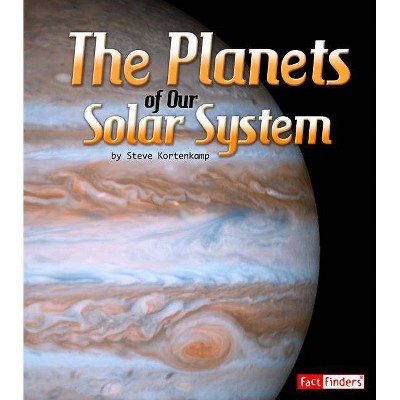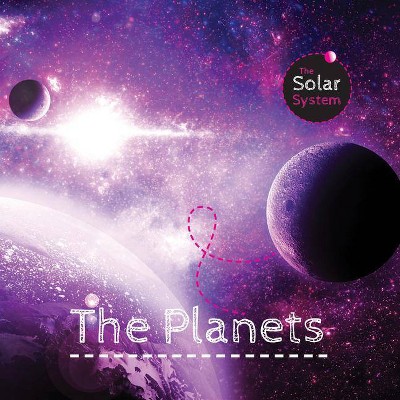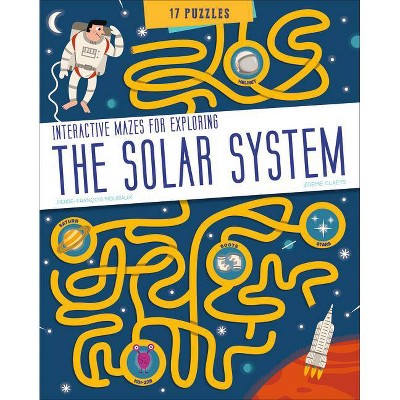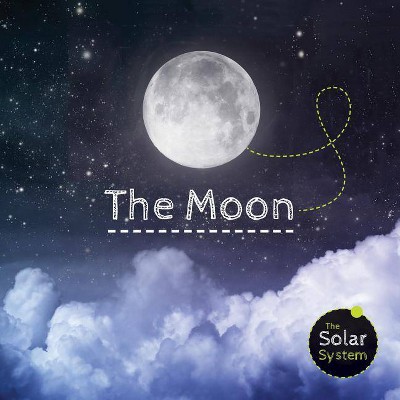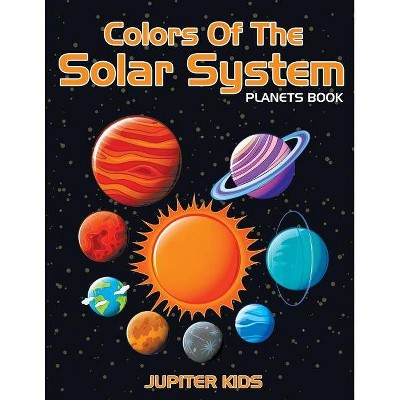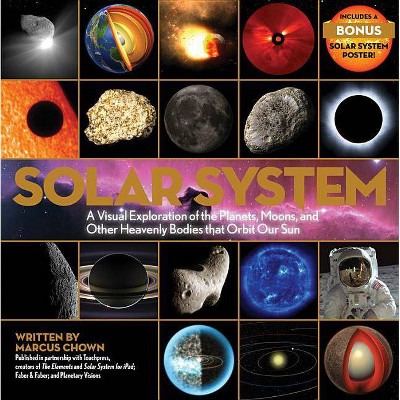Chemistry of the Solar System - by Katharina Lodders (Paperback)
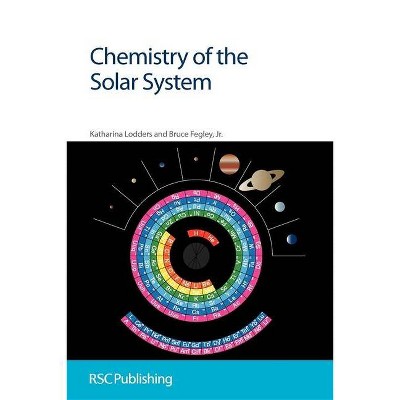
Similar Products
Products of same category from the store
AllProduct info
<p/><br></br><p><b> About the Book </b></p></br></br>Covers the chemical composition of bodies in the solar system, the major chemical processes that controlled the chemistry when they were formed and that operates on them today.<p/><br></br><p><b> Book Synopsis </b></p></br></br>Covers the chemical composition of bodies in the solar system, the major chemical processes that controlled the chemistry when they were formed and that operates on them today.<p/><br></br><p><b> From the Back Cover </b></p></br></br>This book is an appealing, concise, and factual account of the chemistry of the solar system. The authors have set the scene by including entertaining historical accounts on how ideas developed, and together with new discoveries, shaped our current understandings. Engaging with a broad readership, the text includes basic facts about the chemical composition of the different bodies in the solar system, the major chemical processes involved in the formation of the Sun, planets, and small objects, and the chemical processes that determine their current chemical make-up. The book summarizes compositional data but focuses on the chemical processes and where relevant, it also emphasizes comparative planetology. There are numerous informative summary tables which illustrate the similarities (or differences) that help the reader to understand the processes described. Data are presented in graphical form which is useful for identifying common features of the major processes that determine the current chemical state of the planets. The book will interest general readers with a background in chemistry who will enjoy reading about the chemical diversity of the solar system's objects. It will serve as an introductory textbook for graduate classes in planetary sciences but will also be very popular with professional researchers in academia and government, college professors, and postgraduate fellows.<p/><br></br><p><b> Review Quotes </b></p></br></br><br>This book is described as a 'concise and factual account of the chemistry of the solar system', and is aimed atanyone with an interest in planetary science and a background in chemistry. After completing this book I feel that, at the very least, an A-level or equivalent in chemistry is required to begin to adequately tackle the subject matter. This is obviously a massive and potentially very complicated subject to deal with in any book. The authors have nicely structured the text so that the reader can easily find any area of particular interest without having to work through the entire book. For example, my own personal interest in the gas giants is dealt with in a specific chapter with its own introduction and links to further reading. Where applicable, basic definitions, and historical references are used to ensure understanding of the following content. The historical information particularly, e.g. details on data gathered from the lunar missions, helps the reader work through the content, and understand its relevance. Chapter 1 deals with the make up of the solar system with subsequent chapters breaking down the details into more specific sections, eg The Bodies in the Inner Solar System, Meteorites, and The Solar Nebula etc.There are constant comparisons and directions to other chapters which enhances the relevance of the information and data presented. These comparisons, particularly across the planets helps keep the information in focus across the multiple chapters and by the end of the book I felt that the detail expected from a book with this title was extensively covered. With the increase in popular interest in television programmes like Wonders of the Universe I can see a book titled Chemistry of the Solar System gaining in popularity with the general public, it is certainly one of the reasons I asked to review this text in the first place. I have approached this book with a background in A-level chemistry, with some small use of similar level chemistry in my working environment. I did find some of the detail challenging and some further reading/revision was required on my part to fully understand the details. I understand that someone with a more substantial background in chemistry would go through the substance of this book a lot quicker. However the content is presented in such a way that I actually wanted to find out more and understand the information on the page, not an easy task with detailed chemistry, and something the authors should be commended for. There are some very complicated diagrams used but the further reading suggestions and references from each chapter allowed me to understand and follow each section of interest. This probably pushes the book beyond the 'popular science' section in a book shop but the authors make it clear that this was not their intention for the book anyway.As a summary I feel that this book is well structured, engaging and actively encourages the reader to expand on the content themselves. I believe that to fully work through the subject matter the reader would need a background in A-level/1st-year undergraduate level chemistry at the very least. Some competency in mathematics would also be an advantage. With the appropriate foreknowledge this book is a very interesting and informative read and I am certain that it would prove useful to planetary science/cosmos courses at undergraduate and postgraduate level.--Chris Finlay - University of Glasgow "Higher Phys Ed Sci Acad Cen - Journal 22 VOl 12 Iss 1 "<br><br>"Overall this is a very data-rich book that I suspect many planetary scientists will find very useful on their bookshelves. The treatments of the author's specialities (elements, meteorites terrestrial and gaseous giant planets and atmosphere) are the best I have seen, and their complementary nature makes the book digestible to both the general avid reader as well as the advanced student of the discipline"--Kevin Righter NASA Johnson Space Center<br><br>'This book is well structured, engaging and actively encourages the reader to expand on the content themselves.' 'This book is a very interesting and informative read and I am certain that it would prove useful to planetary science/cosmos courses at undergraduate and postgraduate level'--Chris Finlay "UK Higher Phys Ed Sci Acad Cen "<br><p/><br></br><p><b> About the Author </b></p></br></br>Katharina Lodders is Research Professor in the Department of Earth & Planetary Sciences at Washington University in St. Louis, MO, USA. She is senior author with Dr. Fegley of The Planetary Scientist's Companion (Oxford University Press, 1998) and the author (or co-author) of over 80 refereed publications in scientific journals and books. Her experimental and theoretical research focuses on topics in cosmochemistry, planetary science, and astronomy. Bruce Fegley, Jr., is Professor of Planetary Sciences in the Department of Earth & Planetary Sciences at Washington University in St. Louis, MO, USA. He is junior author with Dr. Lodders of The Planetary Scientist's Companion (Oxford University Press, 1998) and is senior author of Practical Chemical Thermodynamics for Geoscientists (Academic-Elsevier, scheduled for 2008) with Ms. Rose Osborne. He is the author (or co-author) of over 120 refereed publications in scientific journals and books. At present and over the past 16 years he has taught several advanced undergraduate and graduate level courses in geochemistry and planetary science including "Thermodynamics and Phase Equilibria," "Planetary Geochemistry," and "Earth System Science." Dr.Fegley received his S.B. in Chemistry and PhD. in Geochemistry at MIT and has 25 years of experience in geochemistry, cosmochemistry and planetary science.
Price History
Price Archive shows prices from various stores, lets you see history and find the cheapest. There is no actual sale on the website. For all support, inquiry and suggestion messages communication@pricearchive.us
